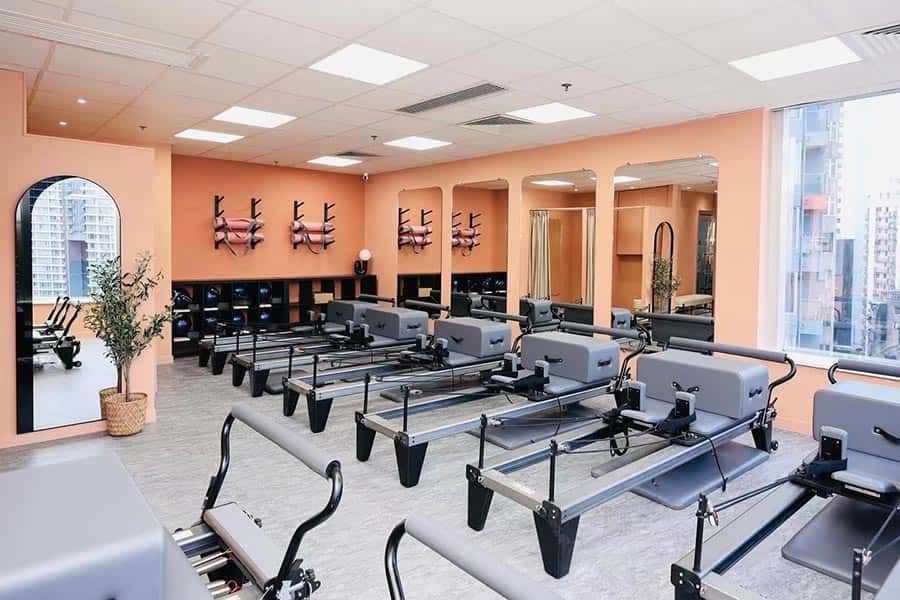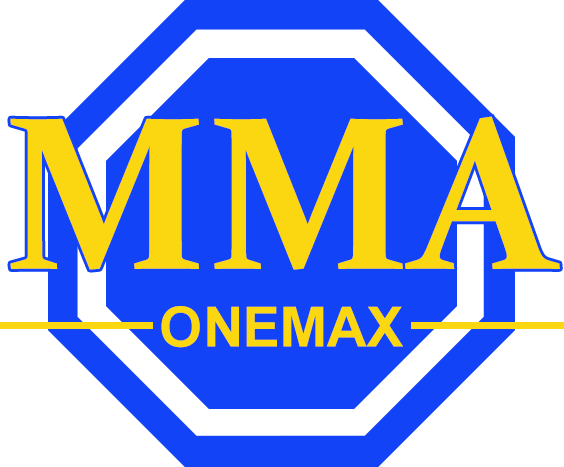A Brief Discussion on the Management of Sports Equipment
Sep 12,2024

Sports equipment is a general term for various instruments, devices, and supplies used in competitive sports competitions and fitness activities. Sports equipment and sports activities are interdependent and mutually reinforcing. With the popularization of sports and the diversification of sports projects, the types and specifications of sports equipment have developed.
Similarly, sports equipment with quality, performance, stability, and safety not only ensures fair and intense competition, but also creates the material conditions necessary to promote the improvement of sports level. The human body is an organic whole composed of various organ systems. It seems that only muscles are moving during sports activities. In fact, the body's breathing, blood circulation, and other organs are all involved in activities, coordinated by the cerebral cortex. Preparation activities are aimed at increasing the excitability of evacuating neurons. Preparation activities can slightly raise body temperature, keeping muscles and tendons in good condition, with good elasticity and resilience. Due to sudden contraction without pulling or tearing, this is particularly important in winter. When throwing, hand grenades, shot put, hard balls, javelins, softballs, etc. must follow the teacher's instructions and not be ignored at all.
Everyone should attach importance to it ideologically, strengthen the management of school sports equipment, and enhance its protection and maintenance. The management of school sports equipment is an important component of the development of school sports, and therefore sports equipment management largely determines the quality of extracurricular activities and physical education in schools.
School sports equipment administrators can carry out work in the following areas:
1. Various sports equipment in schools should be classified and placed, and registered and managed in booklets. Damaged equipment should be promptly cancelled to ensure consistency in the accounts.
2. Without permission, outsiders are not allowed to enter the sports equipment room.
According to the principle of "who is responsible", registration procedures must be completed for the equipment used in class, and it should be returned according to the number after class and put back in its original place. If there is any loss or damage, track the responsibility and compensate according to the price.
4. Equipment should be regularly inspected, repaired, overturned, reported, damaged, and supplemented in a timely manner. Ensure the normal development of school sports activities.
5. Regularly maintain indoor hygiene in the sports room and keep it clean.
6. Carry out daily management, moisture-proof and anti-corrosion work.
In order to maximize the effectiveness of limited equipment, all teachers and students in the school should attach importance to and support the management of sports equipment.
Most sports equipment originated from labor methods and combat weapons. The javelin and other hunting tools used by ancient humans were also weapons of ancient soldiers, and later developed into modern throwing and archery institutions. Chinese folk sports organizations represented by knives, guns, sticks, and batons also developed from various ancient weapons. Table tennis, ping pong tables, ping pong tables, badminton, tennis, football, basketball, volleyball, handball, gymnastics organizations, weightlifting equipment, etc. have been approved by international sports organizations as equipment for international competitions. In order to develop the national fitness movement, the Sports Lottery Center has jointly invested a lot of fitness equipment in communities across the country, making contributions to the national fitness movement.
Related Posts





